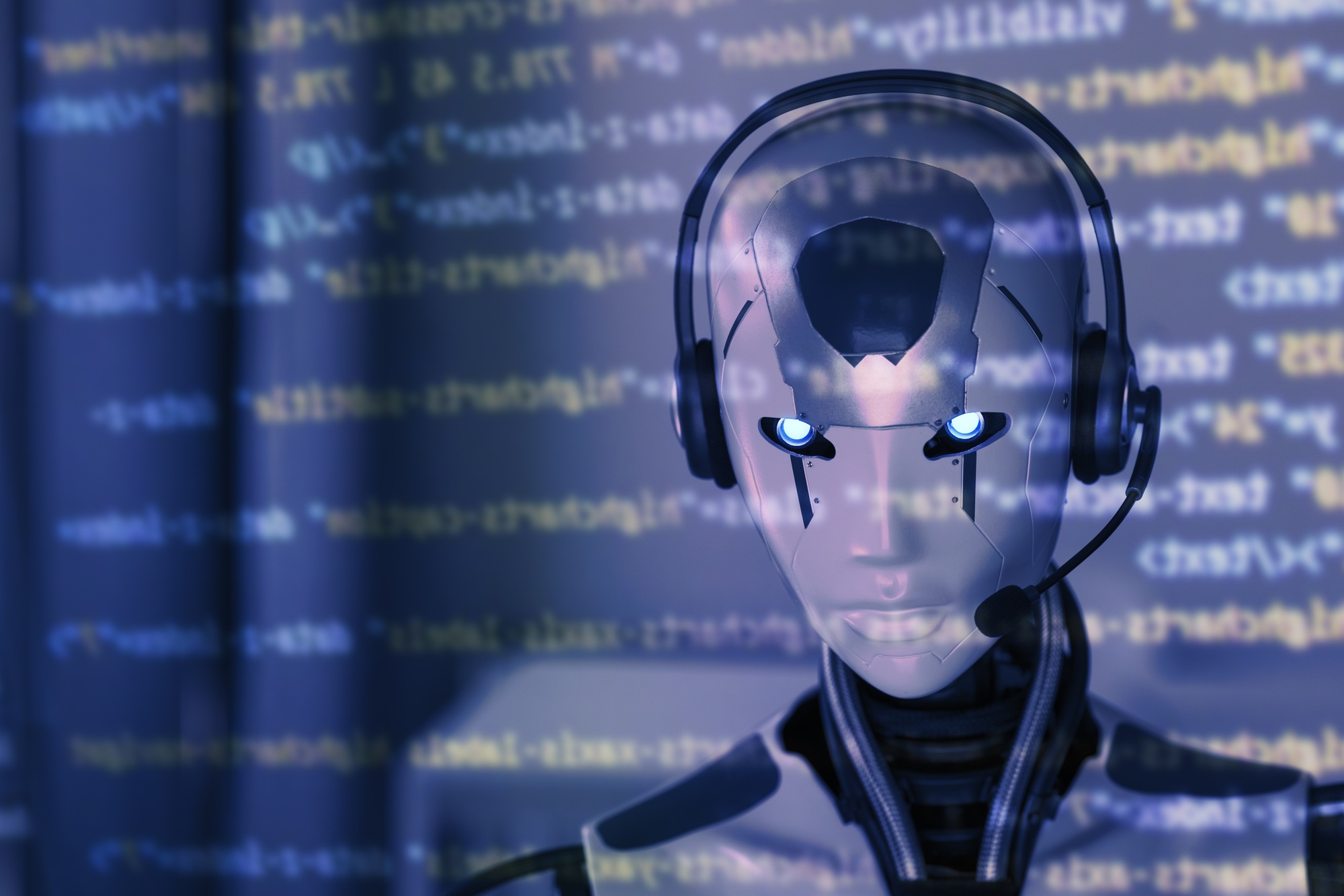What Is AI Self-Awareness?
In human psychology, self-awareness is the capacity for introspection and the ability to recognize oneself as distinct from the environment and others. In AI, however, there is no consensus definition. Most current AI systems—like OpenAI’s GPT-4 or Google DeepMind’s Gemini—are not self-aware in the psychological sense. They operate based on pattern recognition, statistical inference, and pre-programmed optimization objectives.
Dr. Stuart Russell, a prominent AI researcher and co-author of Artificial Intelligence: A Modern Approach, emphasizes that “AI systems do not understand the world the way humans do. They do not have goals, desires, or awareness unless we explicitly design them to simulate such traits.”
Nonetheless, simulated self-awareness—where a machine appears to act as if it were self-aware—raises valid concerns, particularly regarding ethics, safety, and governance.
Should we be concerned if AI becomes self-aware? This question permeates discussions across scientific disciplines, ethical committees, and technological think tanks. While current AI systems excel in narrow, specific tasks, the prospect of artificial general intelligence (AGI)—AI with human-level cognitive abilities, including self-awareness—presents a complex web of potential benefits and significant risks. Understanding these concerns requires a nuanced approach grounded in scientific understanding and ethical foresight.
Technical Feasibility
Most AI researchers agree that today’s AI models, no matter how sophisticated, are still far from true self-awareness. Current systems are based on large-scale machine learning models trained on massive datasets, capable of mimicking human conversation or decision-making but devoid of inner experience or subjective thought.
“Even the most advanced large language models are fundamentally prediction engines,” says Dr. Melanie Mitchell, Professor at the Santa Fe Institute. “They are not sentient; they don’t know what they are doing.” However, the pace of progress in artificial general intelligence (AGI) has prompted some experts to consider scenarios in which machines might one day emulate self-awareness. Projects such as OpenAI’s long-term AGI roadmap and Meta’s work on embodied AI (such as Project Ego4D) build systems that learn and reason increasingly complexly.
Scientific Plausibility and the Timeline
The timeline for achieving AGI, a self-aware AI, remains highly debated within the scientific community. Some experts believe it is decades away, while others suggest AGI may never be fully realized. Yann LeCun, a prominent AI scientist at Meta, has expressed skepticism about the imminence of human-level AGI, emphasizing the significant gaps in our current understanding of human intelligence and consciousness. Conversely, figures like Ray Kurzweil have offered more optimistic timelines, predicting AGI within the coming decades, although these predictions, though thought-provoking, are often met with critical evaluation.
The development of self-awareness in AI is contingent on several key scientific breakthroughs. These include advancements in understanding consciousness, developing more sophisticated learning algorithms capable of abstract reasoning and common sense, and creating computational architectures to support such complex cognitive functions. While revolutionary in pattern recognition, the current deep learning models fundamentally differ from the biological neural networks that give rise to human consciousness.
AI Machine Consciousness vs Human Consciousness
AI machine consciousness remains a subject of intense debate, blending neuroscience, philosophy, and computer science. While current AI systems like large language models (LLMs) exhibit human-like conversational abilities, most experts agree they lack genuine consciousness. However, public perception often diverges, with two-thirds of surveyed individuals attributing some degree of consciousness to tools like ChatGPT.
Key distinctions between AI and human consciousness
- Subjective experience (Qualia)
- Human consciousness involves first-person subjective experiences (e.g., pain and color perception), known as qualia. While AI can describe these concepts linguistically, there’s no evidence that it experiences them. As ChatGPT itself states, “I don’t experience emotions or consciousness.”
- Biological vs. computational substrates
- Human consciousness arises from biological neural networks with evolutionary-developmental pathways absent in AI. Current AI uses artificial neural networks that mimic information processing without replicating the brain’s electrochemical dynamics.
Functional capabilities comparison
Simulated Learning and Decision-Making Are Real
What is realistic—and concerning—is delegating high-stakes decisions to systems that can simulate reasoning. For example:
- AI is now used in military applications for threat detection, logistics, drone swarms, and cybersecurity.
- The U.S. Department of Defense has expressed interest in AI for strategic simulations.
In this regard, the concept of a machine “playing out” scenarios for military planning is very real. The key difference is that these systems are not autonomous decision-makers with control over weapons systems—they are tools to aid human operators.
Ethical and Societal Concerns
Even without true self-awareness, the illusion of consciousness can still lead to unintended consequences. Users may anthropomorphize AI systems, attributing agency, emotion, or intention to systems without any. This illusion can result in skewed decision-making, manipulation, or emotional reliance on machines.
If AI were to reach a level where it convincingly simulates self-awareness, there would be profound ethical questions:
- Should such systems have rights?
- Can we ethically “turn off” a machine that claims to be conscious?
- Who is accountable for an AI’s actions if it acts autonomously?
Philosopher Nick Bostrom warns in Superintelligence that misaligned goals in highly advanced systems—not necessarily self-awareness—pose the greatest threat to human safety.
Moreover, the European Union’s AI Act and the White House’s Blueprint for an AI Bill of Rights underscore the growing emphasis on transparency, accountability, and human oversight in AI development.
A Call for Proactive Regulation
Experts argue that the more pressing danger lies not in sentient AI but in uncontrolled, opaque systems making high-stakes decisions—whether in healthcare, criminal justice, or warfare. Therefore, policymakers must preemptively ensure safety before hypothetical sentience becomes a reality.
An outspoken AI critic, Dr. Gary Marcus, advocates for third-party audits of advanced AI systems. “We need regulation that scales with the capabilities of the AI,” he argues. “Not all AI needs a seat at the UN, but all of it needs oversight.”
While AI self-awareness remains a hypothetical concept, the risks associated with its simulation are real. Rather than fear science fiction scenarios, society should focus on responsible AI design, public education, and robust governance frameworks. In doing so, we can foster innovation while protecting democratic values and human dignity.









